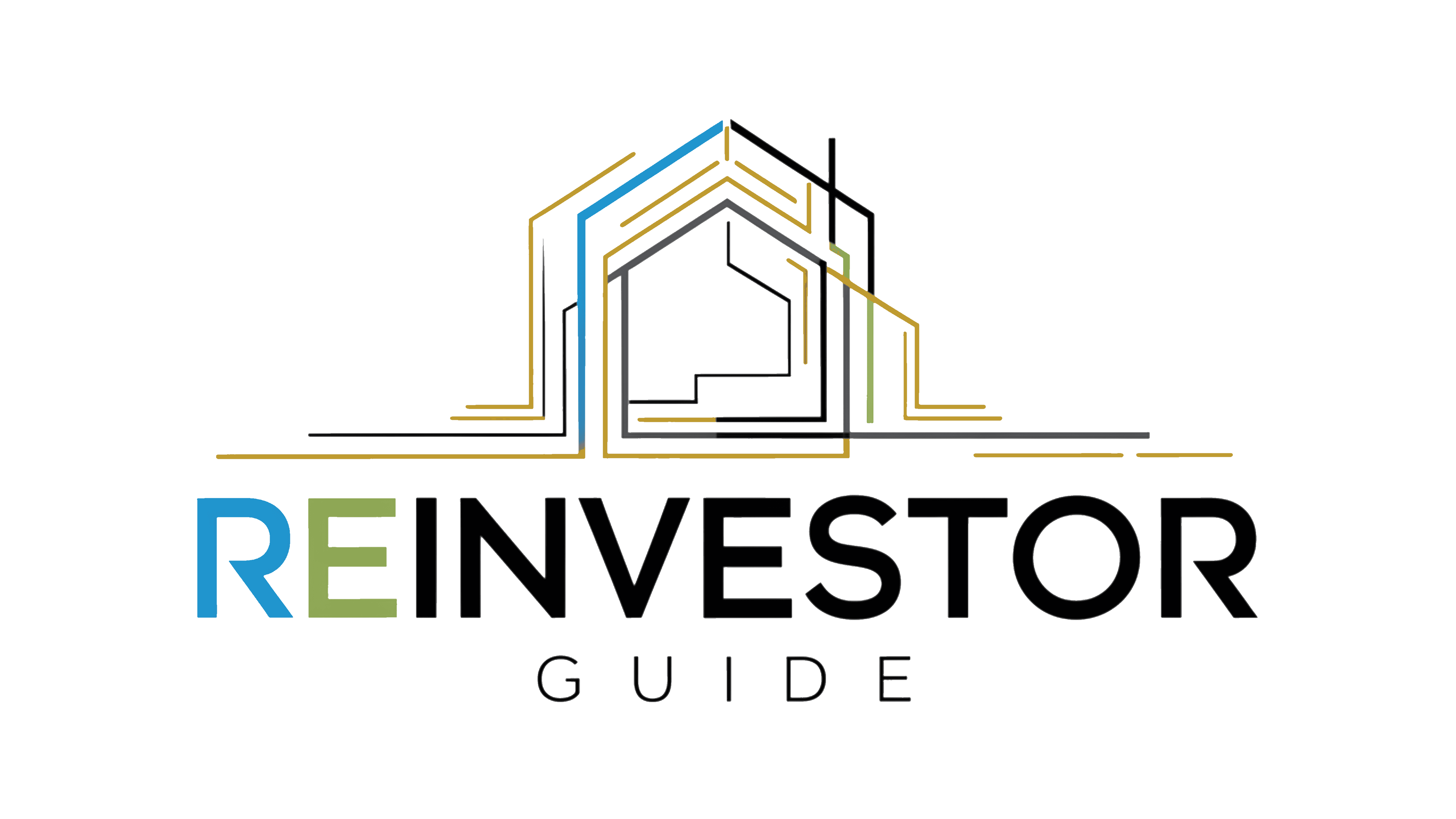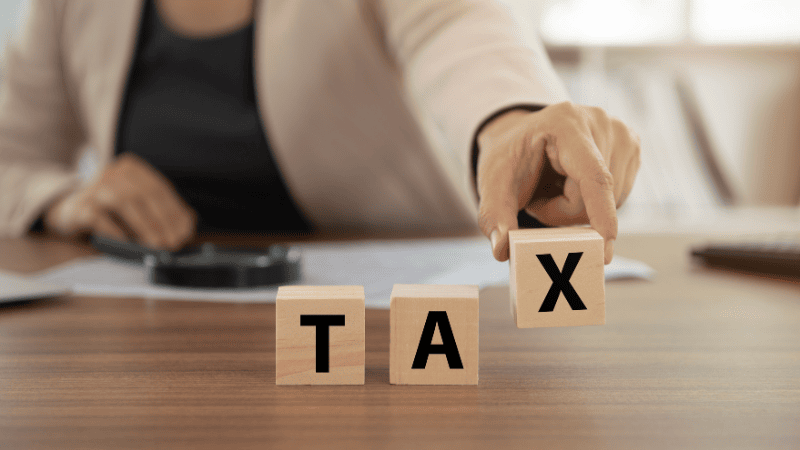If you’re planning to sell a rental property that’s appreciated in value, you’re likely facing a significant capital gains tax bill. But savvy real estate investors know there’s a powerful strategy to keep those profits working for you—without paying taxes upfront.
It’s called a 1031 exchange, and it’s one of the most effective tax deferral tools in the real estate playbook.
In this guide, we’ll explain how a 1031 exchange works, who qualifies, what rules you need to follow, and how to use it to grow your real estate portfolio tax-efficiently in 2025.
What Is a 1031 Exchange?
A 1031 exchange (named after Section 1031 of the Internal Revenue Code) allows real estate investors to sell an investment property and reinvest the proceeds into another like-kind property—without paying capital gains taxes at the time of the sale.
Instead, your tax liability is deferred, allowing you to preserve equity and compound your returns over time.
Why Use a 1031 Exchange?
- Defer capital gains taxes (federal + potential state)
- Reinvest full proceeds instead of a smaller, post-tax amount
- Upgrade or diversify your portfolio
- Move into more profitable markets or asset classes
- Improve cash flow or reduce management burden
- Use as a tool in long-term estate planning
What Qualifies for a 1031 Exchange?
To qualify, the property you’re selling and the property you’re buying must be:
- Held for investment or business purposes (not personal use)
- Considered “like-kind”, meaning any real estate held for investment can be exchanged for other investment real estate—e.g., you can exchange:
- A single-family rental for a multifamily building
- A commercial property for a vacation rental (held for investment)
- Land for a rental property
- A single-family rental for a multifamily building
✅ You can exchange:
- Residential rentals
- Vacation rentals (if not used personally)
- Multifamily and commercial property
- Land held for investment
🚫 You can’t exchange:
- Personal residences
- Flips held for resale
- Primary vacation homes
The Key Rules of a 1031 Exchange
To legally defer taxes, you must follow these IRS timelines and rules:
1. Use a Qualified Intermediary (QI)
You can’t touch the proceeds from the sale. A QI (third-party exchange facilitator) must hold the funds and transfer them to the replacement property.
2. 45-Day Identification Window
You must identify potential replacement properties within 45 calendar days of selling your original property. You can identify:
- Up to 3 properties of any value
- More than 3 properties, as long as the combined value doesn’t exceed 200% of the sold property
3. 180-Day Purchase Window
You must close on at least one of your identified properties within 180 days of the sale date (not 180 days after identification).
4. Equal or Greater Value
To fully defer capital gains:
- The replacement property must be of equal or greater value
- You must reinvest all proceeds
- You must take on equal or greater debt (or contribute more cash to offset)
Otherwise, you may be taxed on the difference (“boot”).
Example of a 1031 Exchange in Action
You bought a rental in 2015 for $250,000. It’s now worth $450,000. Selling it would trigger ~$40,000 in combined federal/state taxes.
Instead, you:
- Sell the property
- Reinvest all $450,000 into a fourplex worth $600,000
- Use a 1031 exchange with a qualified intermediary
- Defer all capital gains taxes
- Increase cash flow and depreciation benefits
- Preserve capital to grow faster
Result: more income, better property, no taxes (for now).
Can You Do a 1031 Exchange With a DSCR Loan?
Yes! Many DSCR lenders work with investors completing 1031 exchanges. You’ll just need to:
- Time your purchase closing within the 180-day window
- Coordinate with your QI and lender for loan underwriting
- Ensure the new property generates enough income to meet DSCR qualifications (typically 1.20 or higher)
This is a powerful way to trade up into more cash-flowing properties without resetting your tax liability.
What Happens If You Don’t Exchange?
If you don’t do a 1031 exchange, here’s what you may owe:
- Capital gains tax (15–20%)
- State taxes (0–13.3%, depending on where you live)
- Depreciation recapture at 25%
Combined, you could lose 25–35% of your profit to taxes. A 1031 exchange lets you reinvest the full amount and defer taxes until you sell later—or pass the asset to heirs with a step-up in basis (potentially eliminating taxes altogether).
Common 1031 Exchange Mistakes to Avoid
- Missing the 45-day or 180-day deadline
- Using a property for personal use
- Receiving cash or non-like-kind property (“boot”)
- Not working with an experienced QI or CPA
- Choosing a replacement property that doesn’t cash flow (poor DSCR)
Final Thoughts
A 1031 exchange is one of the most powerful tools in real estate investing. It allows you to trade up, defer taxes, and reinvest with full equity—without triggering a massive tax bill.
If you’re thinking about selling an investment property in 2025, consider whether a 1031 exchange fits into your growth strategy. When used properly, it can unlock new markets, better cash flow, and a portfolio that compounds over time—tax-deferred.



